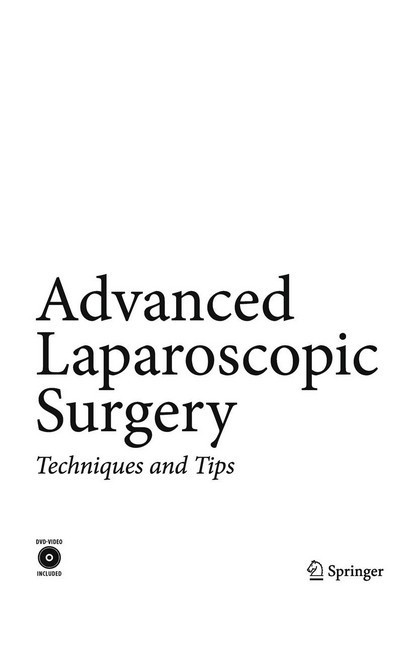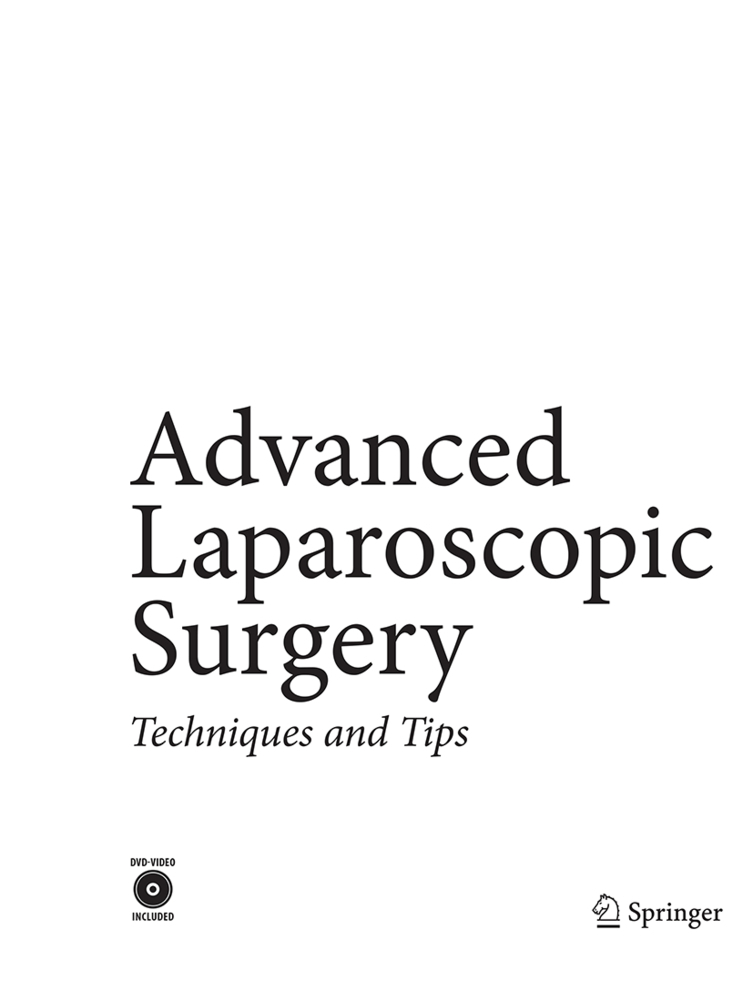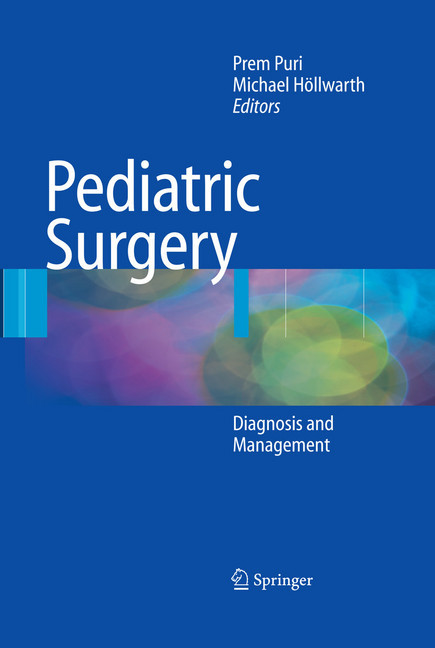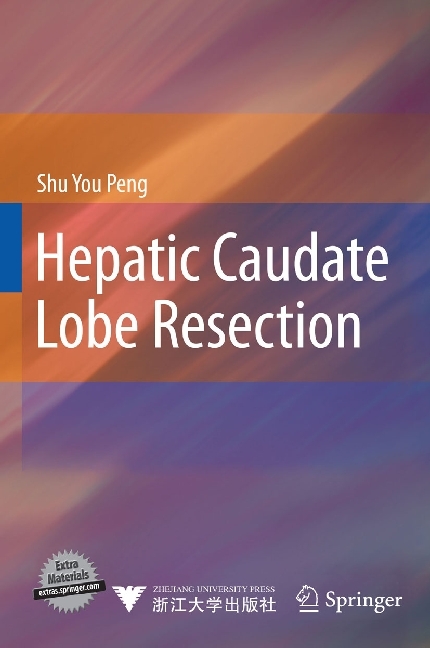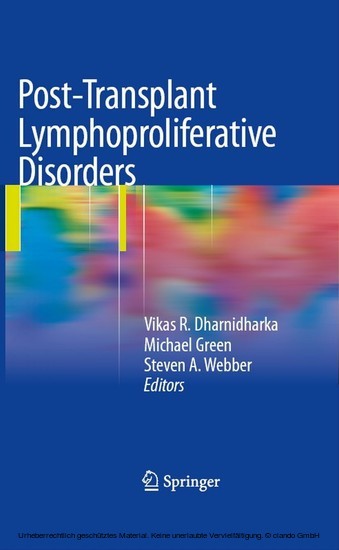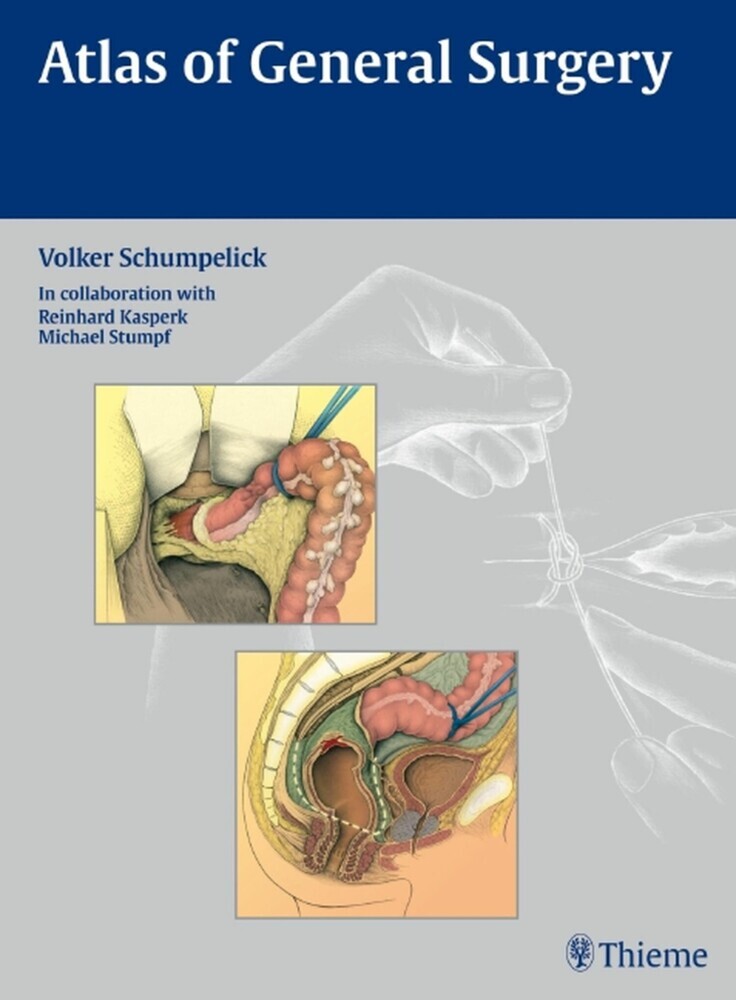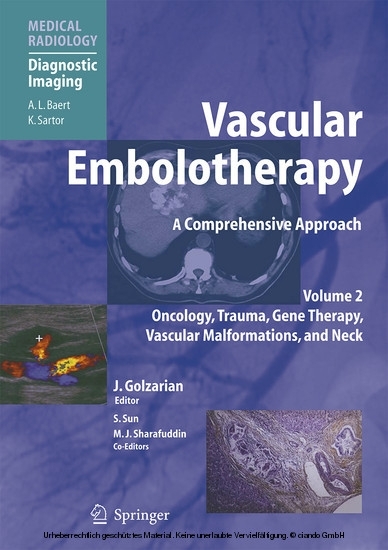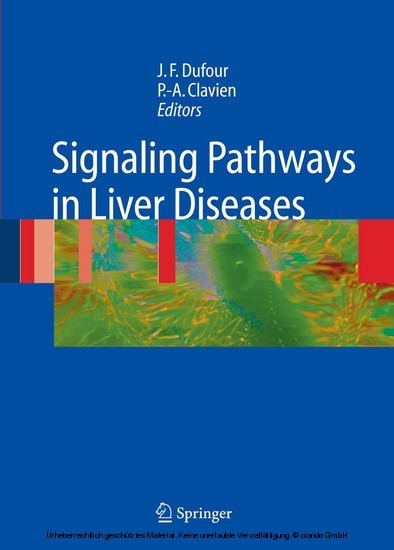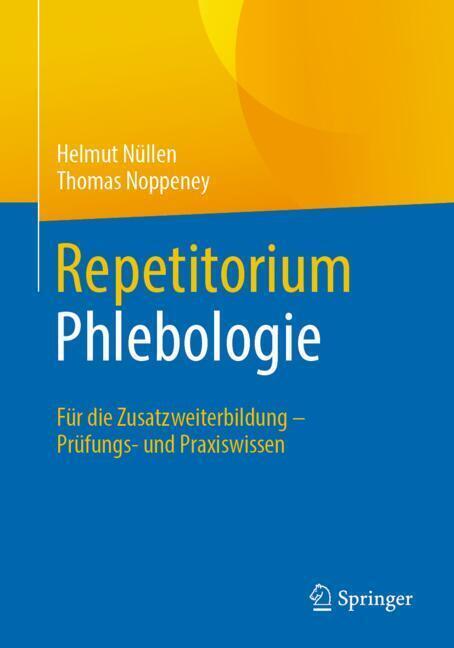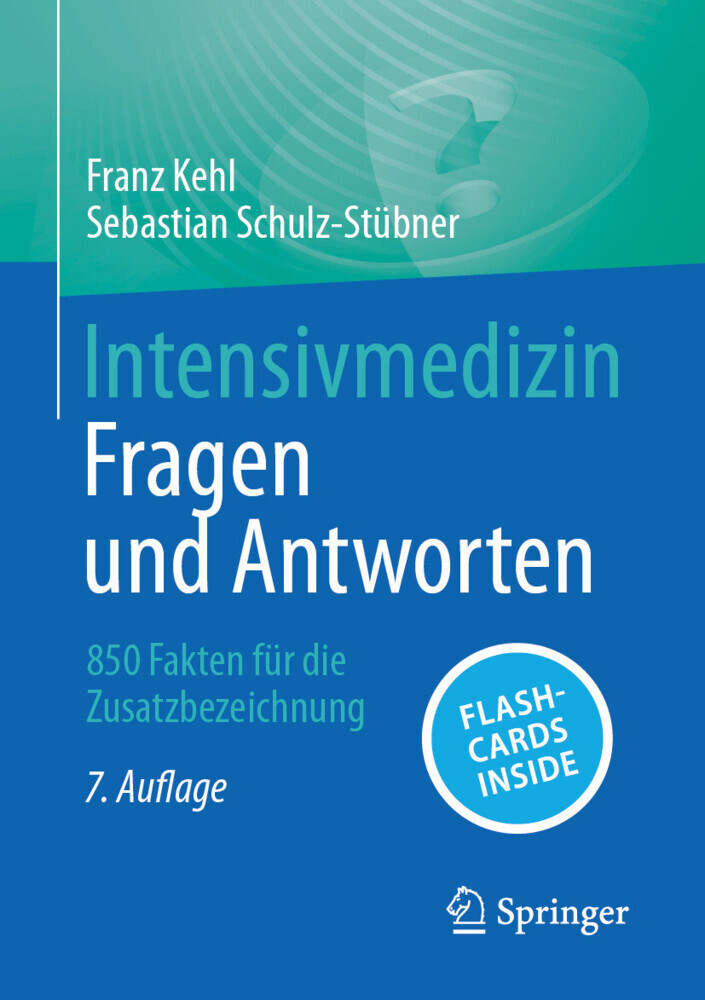Advanced Laparoscopic Surgery
Techniques and Tips
This second edition of Advanced Laparoscopic Surgery, Techniques and Tips represents a comprehensive description of the current laparoscopic techniques. It supplies surgeons with all the information necessary to successfully accomplish laparoscopic surgery. It is a hands-on manual that helps the surgeon avoid pitfalls and acquire the necessary laparoscopic skills quickly and efficiently. It is a ready source of practical help when trouble-shooting is necessary. Advanced laparoscopic surgery is an excellent merger of a textbook and atlas for the surgeon who wants to extend and refine his laparoscopic techniques.
Dr.N.Katkhouda is a world authority in laparascopic surgery,having pioneered the first laparoscopic vagotomy for th treatment of gastroduodenal ulcer disease. He is an active partner of the USC Bariatric Surgery Program and in his capacity, offers the patients all laparoscopic approaches for weight loss surgery including hand sawn laparocosopic Roux en Y gastric Bypass and Lap Band.
Dr.N.Katkhouda is a world authority in laparascopic surgery,having pioneered the first laparoscopic vagotomy for th treatment of gastroduodenal ulcer disease. He is an active partner of the USC Bariatric Surgery Program and in his capacity, offers the patients all laparoscopic approaches for weight loss surgery including hand sawn laparocosopic Roux en Y gastric Bypass and Lap Band.
1;Advanced Laparoscopic Surgery;3 1.1;Preface;7 1.2;Acknowledgements;9 1.3;Contents;11 1.4;1 General Concepts;19 1.4.1;The Checklist Approach;19 1.4.1.1;The Team;19 1.4.1.2;The Instruments;20 1.4.2;Patient Positioning;21 1.4.2.1;Setup for Upper Abdominal Surgery;21 1.4.2.1.1;Basic Laparoscopic Cholecystectomy;21 1.4.2.1.2;Setup for Advanced Upper Abdominal Surgery;21 1.4.2.2;Setup for Lower Abdominal Surgery;23 1.4.3;The Working Environment;25 1.4.4;Appraisal of Surgical Instruments;27 1.4.4.1;Trocars;27 1.4.4.1.1;Choosing an Appropriate Trocar;27 1.4.4.1.2;Disposable Trocars;27 1.4.4.1.3;Nondisposable Trocars;28 1.4.4.1.4;Optical Viewing Trocars;28 1.4.4.1.5;Prevention of Accidents with Trocars;30 1.4.4.1.6;Triangulation of Trocars;30 1.4.4.2;Other Instrumental Requirements;31 1.4.4.2.1;Laparoscopes;31 1.4.4.2.2;Cameras;32 1.4.5;Creation of the Pneumoperitoneum;32 1.4.5.1;Troubleshooting Loss of Pneumoperitoneum;33 1.4.6;Principles of Hemostasis;33 1.4.6.1;Control of Bleeding of Unnamed Vessels;33 1.4.6.2;Control of Bleeding of a Main Named Vessel;35 1.4.7;Irrigation and Suction Devices;36 1.4.8;Selected Further Reading;37 1.5;2 Cholecystectomy;39 1.5.1;Basic Laparoscopic Cholecystectomy;39 1.5.2;Acute Gangrenous Cholecystitis;46 1.5.3; "Dangerous" Cholecystectomy;47 1.5.4;Impacted Stone (Hydrops, Empyema, Early Mirizzi);47 1.5.5;Avoiding Injury to the Common Bile Duct;50 1.5.6;Controlling Bleeding in the Liver Bed;53 1.5.7;Adhesions Due to Previous Upper Midline Laparotomy;53 1.5.8;Selected Further Reading;55 1.6;3 Common Bile Duct Explorations and Bilioenteric Anastomosis;58 1.6.1;The Transcystic Approach;58 1.6.2;The Common Bile Duct Approach;59 1.6.3;Choledochoduodenostomy;61 1.6.4;Hepaticojejunostomy with a Roux-en-Y;61 1.6.5;Selected Further Reading;64 1.7;4 Laparoscopic Liver Surgery;66 1.7.1;The Need for Specialized Equipment;66 1.7.2;Positioning the Patient and Operating Team;67 1.7.3;Access to the Liver;67 1.7.4;Maneuvers Common to All Laparoscopic Liver Surgery;70 1.7.5;Diagnostic Laparoscopy;72 1.7.6;Fenestration of Liver Cysts (Fig. 4.6);72 1.7.7;Resection of Liver Tumors;72 1.7.8;Limited Resection of Minor Lesions;74 1.7.9;Left Lateral Segmentectomy;75 1.7.10;Right Hepatectomy;78 1.7.11;Treatment and Prevention of Perioperative Complications;79 1.7.12;Patient Selection;80 1.7.13;Selected Further Reading;81 1.8;5 Esophageal Surgery;83 1.8.1;Nissen Fundoplication;83 1.8.1.1;Principles of Surgical Therapy in the Management of Gastroesophageal Reflux Disease;83 1.8.1.2;Patient Positioning;83 1.8.2;Technique;84 1.8.2.1;Access to the Hiatus;87 1.8.2.2;Identification of the Left Crus at the Right Side of the Esophagus;87 1.8.2.3;Creation of a Window Under the Esophagus;87 1.8.2.4;Division of the Phrenoesophageal Membrane;90 1.8.2.5;Division of the Short Gastric Vessels;90 1.8.2.6;Crural Closure and Fundoplication;95 1.8.3;Postoperative Course;96 1.8.4;Management of Complications;97 1.8.4.1;Bleeding During the Procedure;97 1.8.4.2;Perforation of the Esophagus;97 1.8.4.3;Mechanical Problems;98 1.8.5;Toupet Posterior Partial Fundoplication;100 1.8.6;Paraesophageal Hernia;102 1.8.7;Esophageal Myotomy for Achalasia;105 1.8.8;Vagotomies;105 1.8.8.1;Bilateral Truncal Vagotomy;105 1.8.8.2;Highly Selective Vagotomy;107 1.8.8.3;Lesser Curvature Seromyotomy and Posterior Truncal Vagotomy;110 1.8.9;Selected Further Reading;113 1.9;6 Gastric Surgery;117 1.9.1;Pyloroplasty;117 1.9.2;Vagotomy with Antrectomy or any Distal Gastrectomy;119 1.9.2.1;Port Placement;119 1.9.2.2;Technique;120 1.9.2.2.1;Division of the Right Gastroepiploic Artery and Retroduodenal Dissection;122 1.9.2.2.2;Intra-abdominal Gastrojejunostomy and Billroth II Reconstruction;123 1.9.2.2.3;Laparoscopic Gastrojejunostomy and Roux-en-Y Reconstruction;123 1.9.2.2.4;Laparoscopically-Assisted Gastrojejunostomy;125 1.9.3;Perforated Duodenal Ulcer;126 1.9.3.1;Locating the Perforation;126 1.9.3.2;Abdominal Washout;128 1.9.3.3;Closure of the Perforation with an Omental Patc
Katkhouda, Namir
| ISBN | 9783540748434 |
|---|---|
| Artikelnummer | 9783540748434 |
| Medientyp | E-Book - PDF |
| Auflage | 2. Aufl. |
| Copyrightjahr | 2010 |
| Verlag | Springer-Verlag |
| Umfang | 286 Seiten |
| Sprache | Englisch |
| Kopierschutz | Digitales Wasserzeichen |

